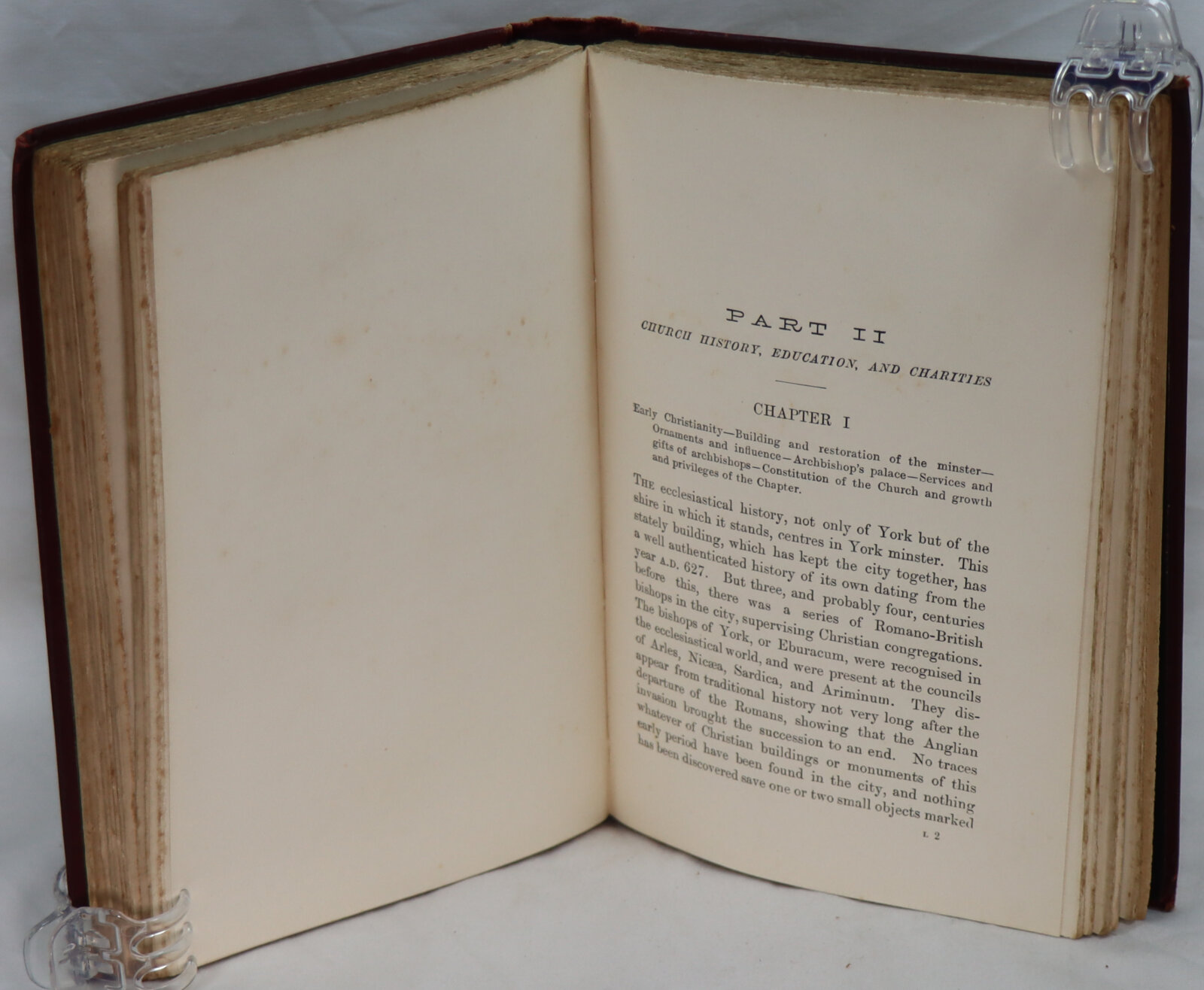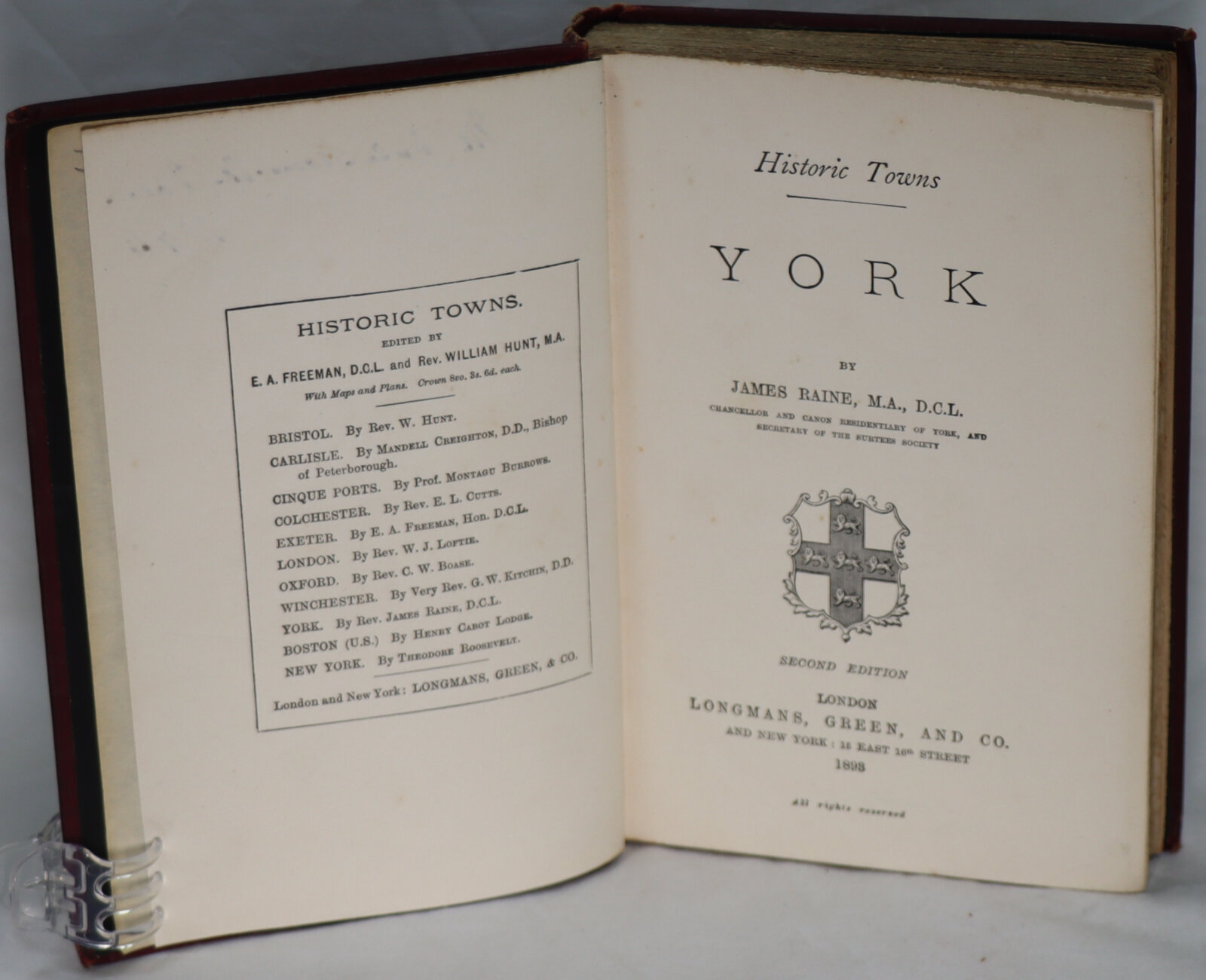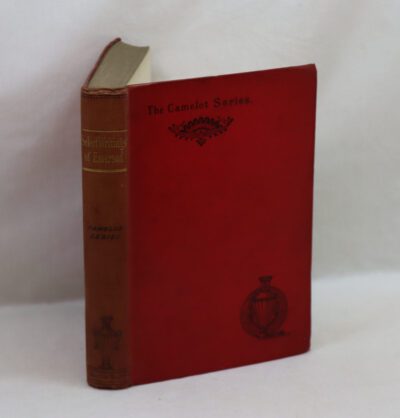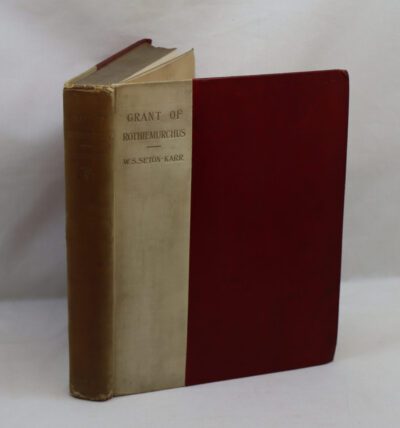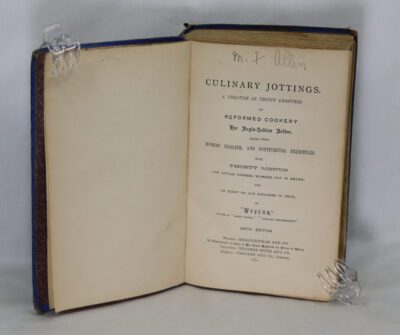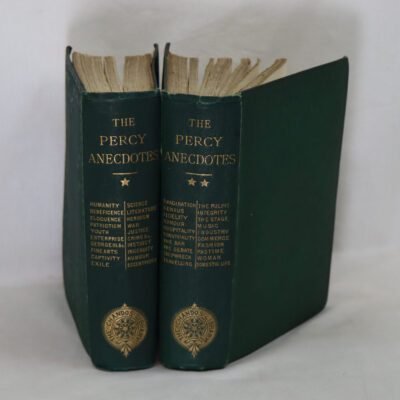Historic Towns. York.
By James Raine
Printed: 1893
Publisher: Longman Green & Co. London
| Dimensions | 13 × 19 × 2 cm |
|---|---|
| Language |
Language: English
Size (cminches): 13 x 19 x 2
Condition: Fine (See explanation of ratings)
Item information
Description
Maroon cloth binding with gilt title on the spine.
-
F.B.A. provides an in-depth photographic presentation of this item to stimulate your feeling and touch. More traditional book descriptions are immediately available.
2nd Edition. 1893. Very good copy in the original gilt-blocked cloth. Slight suggestion only of dust-dulling and rubbing to the spine bands and panel edges. Remains particularly well-preserved overall; tight, bright, clean and strong. Physical description: xi, 223 pages; folded plan; 19 cm. Notes: Includes index.Subjects: York (England) History. Church history.Genre: History. Illustrated.
York is a cathedral city in North Yorkshire, England, with Roman origins, sited at the confluence of the rivers Ouse and Foss. It is the county town of Yorkshire. The city has many historic buildings and other structures, such as a minister, castle, and city walls. It is the largest settlement and the administrative centre of the wider City of York district. Through the title of Duke of York, it is the namesake of New York City.
The city was founded under the name of Eboracum in 71 AD. It then became the capital of the Roman province of Britannia Inferior, and later of the kingdoms of Deira, Northumbria, and Scandinavian York. In the Middle Ages, it became the northern England ecclesiastical province’s centre, and grew as a wool-trading centre. In the 19th century, it became a major railway network hub and confectionery manufacturing centre. In the Second World War, part of the Baedeker Blitz bombed the city. Although less targeted during the war than other, more industrialized northern cities, several historic buildings were gutted and restoration took place up until the 1960s.
The city is one of 15 in England to have a lord mayor, and one of three to have “The Right Honourable” title affixed, the others being London’s and Bristol’s. Historic governance of the city was as a county corporation, not included in the county’s riding system. The city has since been covered by a municipal borough, county borough, and since 1996 a non-metropolitan district (the City of York), which also includes surrounding villages and rural areas, and the town of Haxby. The current district’s local council is responsible for providing all local services and facilities throughout this area. York’s city proper area had a population of 141,685 at the 2021 UK census. The wider district had a population of 198,100. According to 2021 census data, the wider district has a population of 202,800, a 2.4% increase compared to the 2011 census
James Raine (1830–1896) was a British antiquarian and ecclesiast. He was a Canon and Chancellor of York Minster. Raine was born in Durham, England, and was the son of James Raine and Margaret Peacock. He lived with his parents and three sisters (including Margaret Raine Hunt) in Crook Hall, Durham. He was educated at the Cathedral School in Durham and the University of Durham, from which he graduated in 1851. From 1857 to 1868 he was the vicar of St Lawrence’s Church, York. He left this role to be the Rector of both St Michael’s Church, Spurriergate and St Crux, Pavement, retiring from the former in 1885 and retaining the latter until his death. He was appointed Canon of York Minster in 1866 and Chancellor in 1891. A stained glass window in All Saints’ Church, Pavement is dedicated to Raine. It depicts Saints Aidan of Lindisfarne, Paulinus (first Bishop of York) and Cuthbert (holding St Oswald’s head).
Raine was an Honorary Curator of Antiquities at the Yorkshire Philosophical Society (who operated the Yorkshire Museum) from 1873, and was appointed a Vice-President of the society in 1876. At the time of his death in 1896 he was also a Trustee of the museum. He donated several objects to the Yorkshire Museum throughout his life. Raine served as the honorary librarian of York Minster. He was the secretary of the Surtees Society from 1855 to 1895. His father had also served in this role from 1834–1849. He was awarded an honorary Doctor of Civil Law from Durham University in 1882 in recognition of his archaeological work.
Raine was married to Annie Keyworth. Together they had nine children. Their son Angelo also served as Rector of St Crux from 1937–1956. A portrait of James Raine was produced by another son, Henry Keyworth Raine in 1906 for the Yorkshire Museum. It was transferred to the York Art Gallery in 1971.
Want to know more about this item?
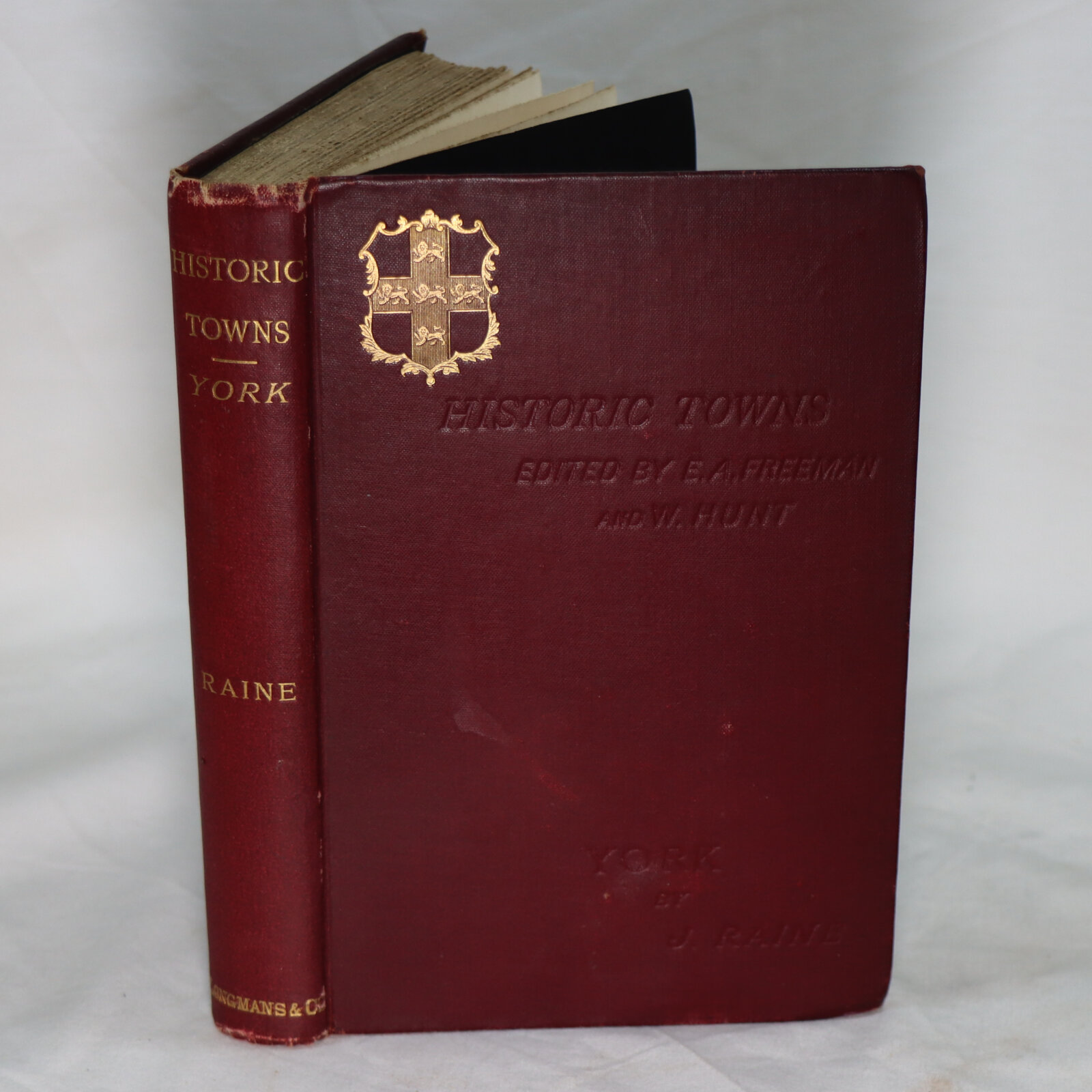
Related products
Share this Page with a friend

